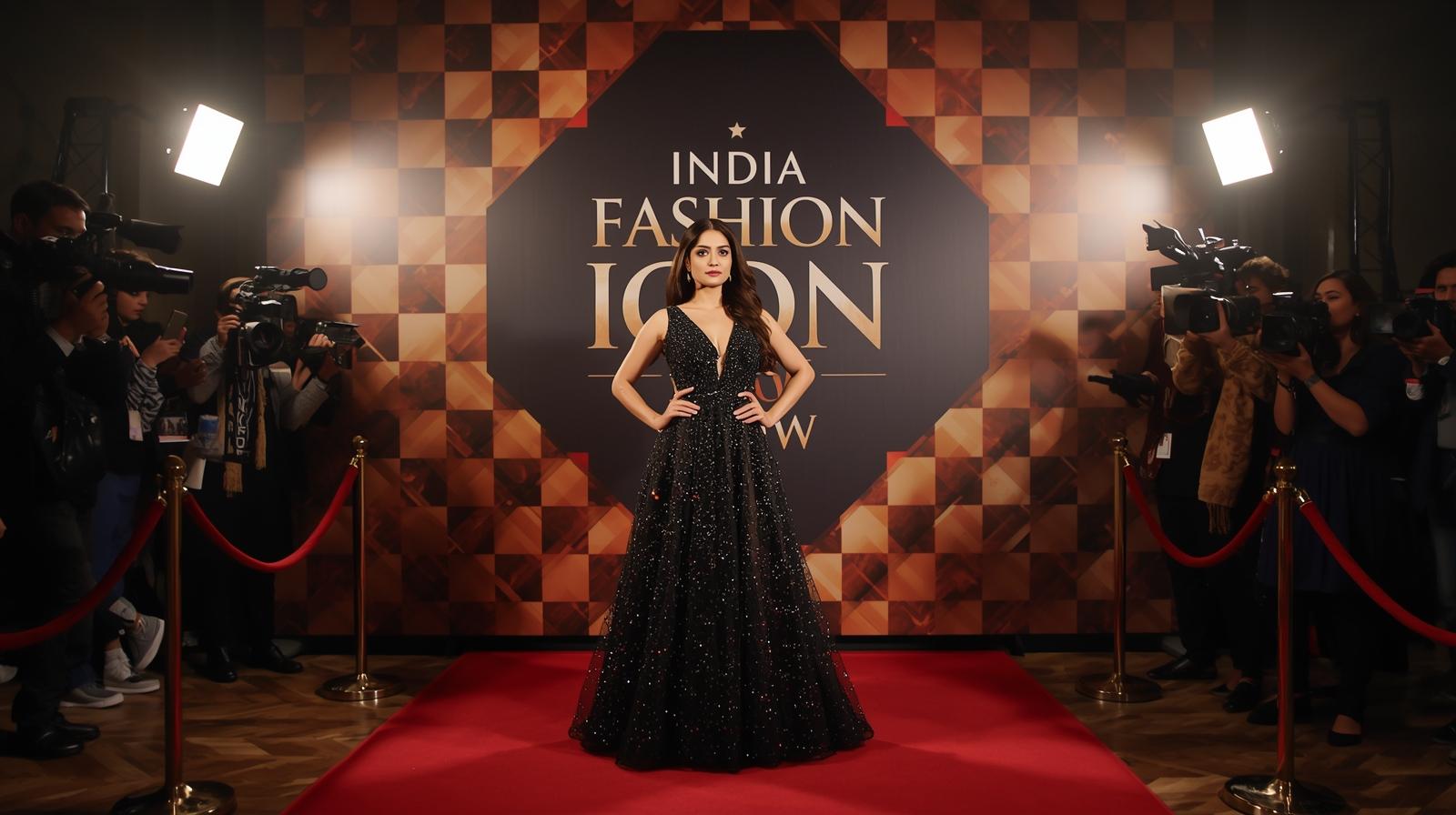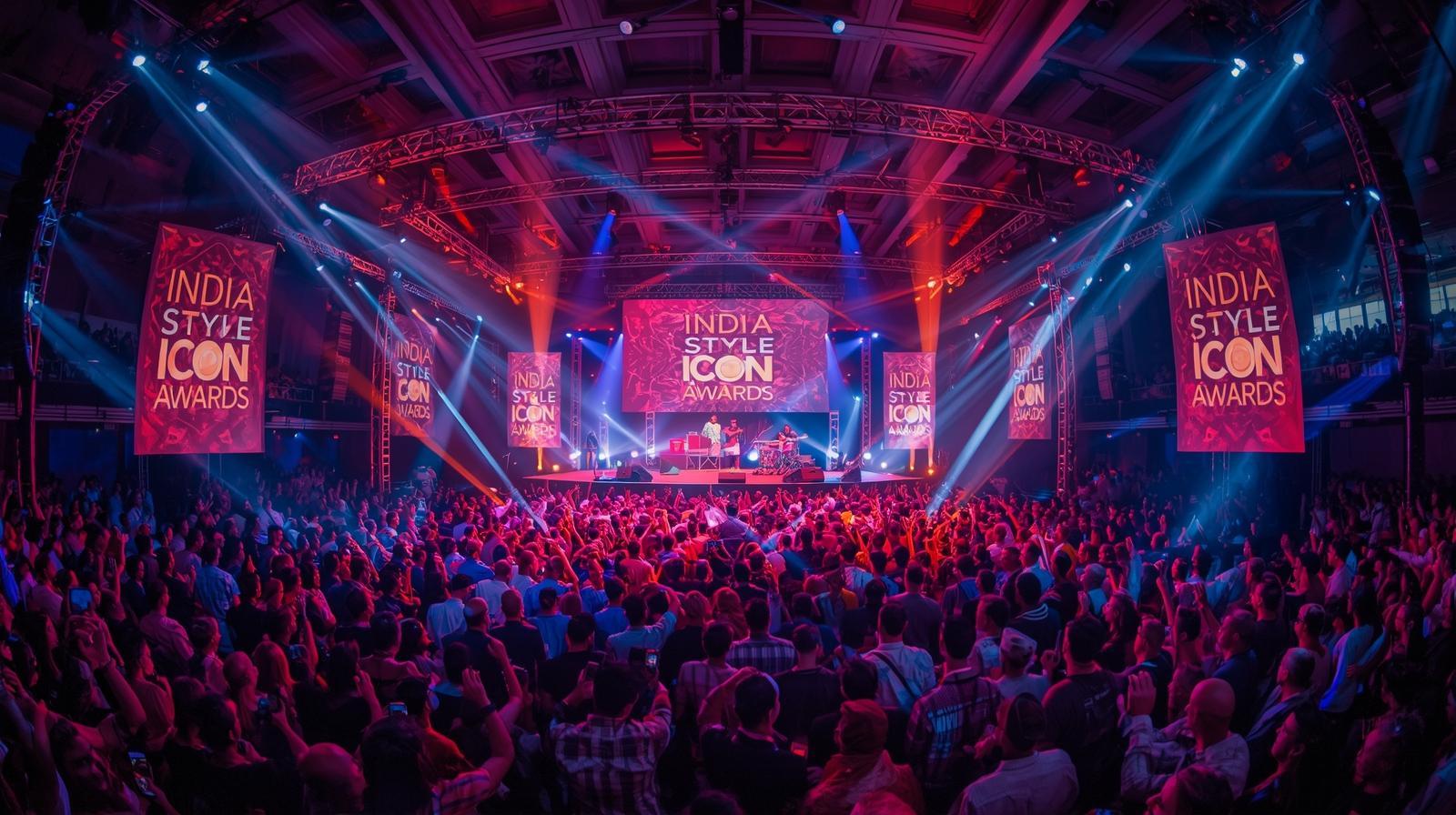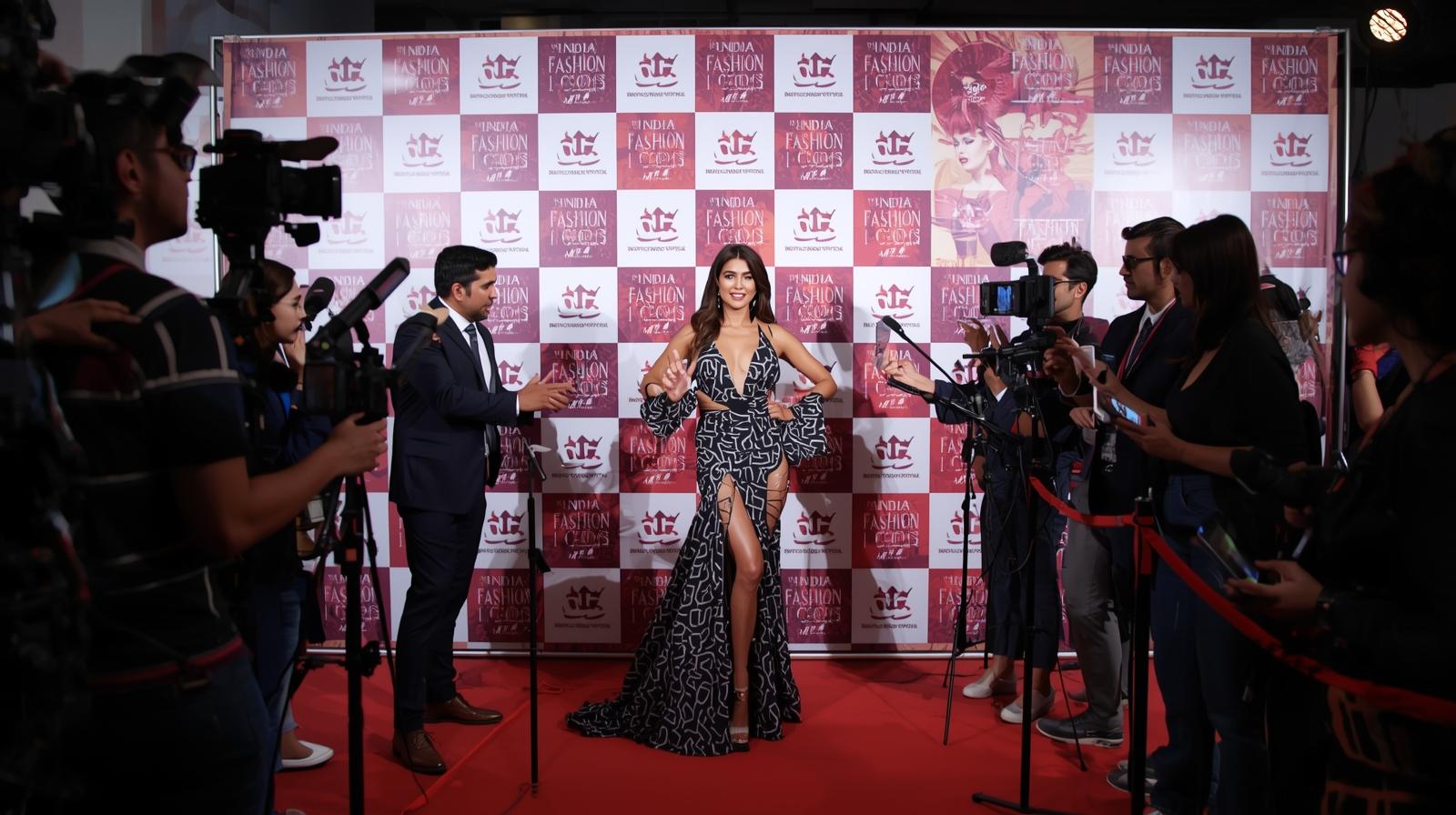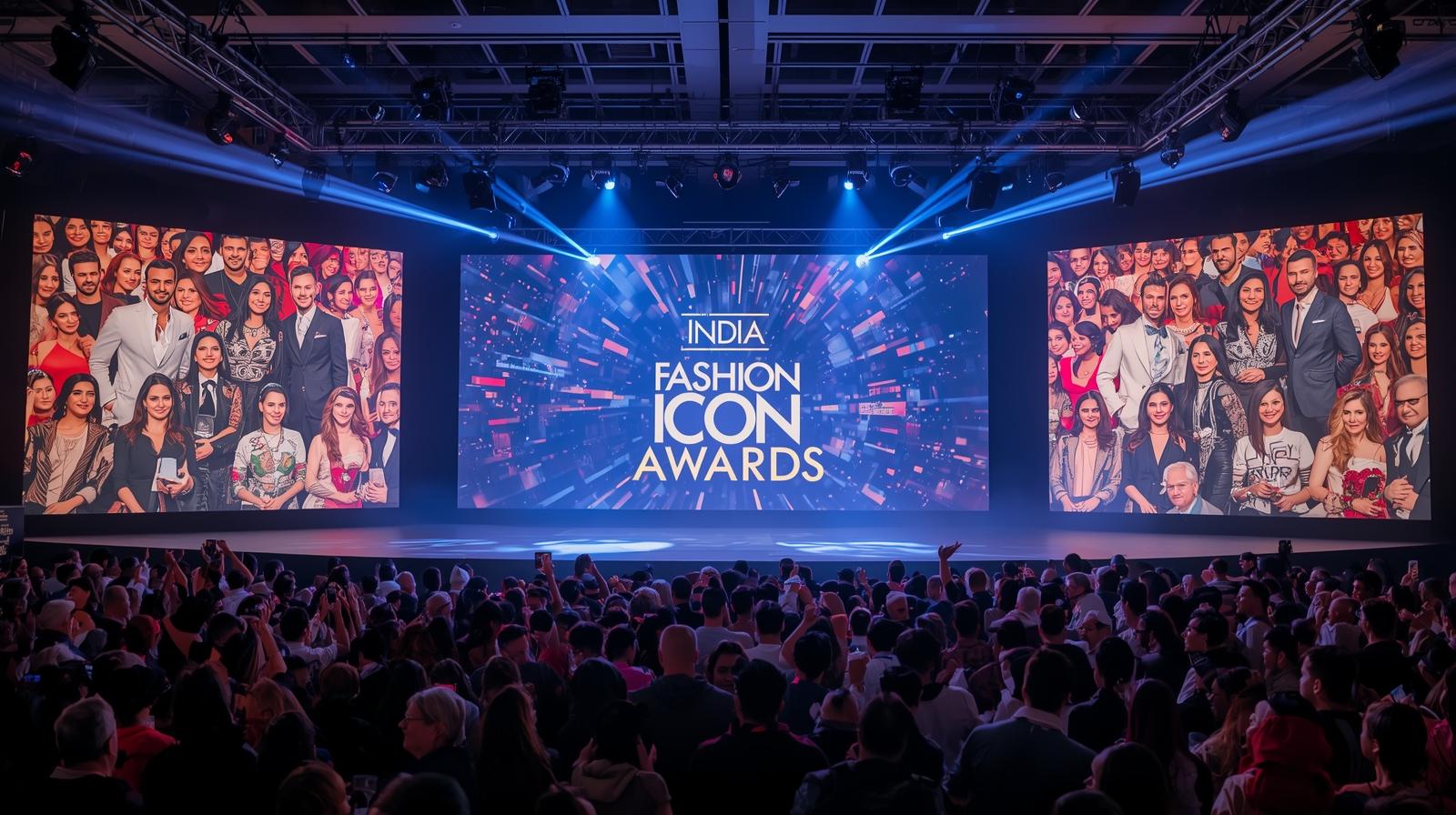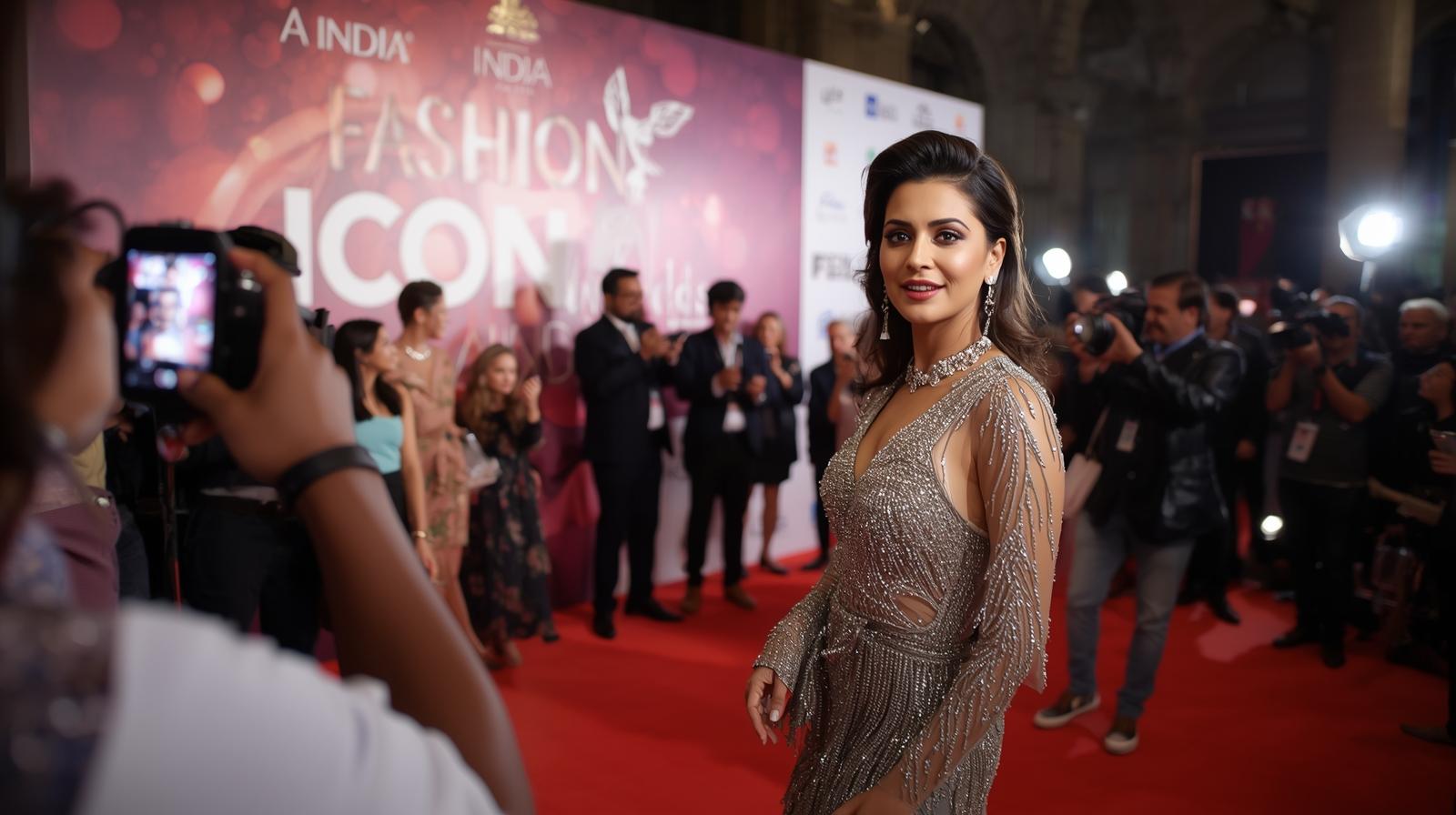Luxury fashion is evolving — and it’s the younger generations leading the charge. According to PwC’s latest “Trends in Luxury Fashion: Consumer Survey 2025”, Gen Z and Millennials are reshaping what it means to buy luxury, with growing emphasis on secondhand, rental, and personalised fashion experiences.
The survey, conducted among 268 consumers across Italy, Germany, the UK, France, and Spain, reveals a clear generational divide. While 40% of Gen Z and 28% of Millennials have already purchased secondhand products on platforms like Vinted, over half of Baby Boomers (53%) and Gen X (49%) have never done so — reflecting a persistent cultural resistance toward pre-loved luxury.
Yet, what was once niche is now mainstream. “Luxury fashion is undergoing a profound and irreversible transformation,” says Erika Andreetta, Partner at PwC Italia and EMEA Fashion & Luxury Leader. “The new generations want more than just a product — they want to understand its story, value, and impact. The future of luxury speaks the language of awareness.”
Fashion leads luxury purchases
The report shows that clothing remains the most purchased luxury category, with 69% of consumers buying at least one luxury garment in the past year. This is followed by accessories (53%), shoes (32%), and bags (16%).
Gen Z consumers show the widest variety in their luxury purchases — 66% choose clothing, 62% accessories, 43% shoes, and 18% bags — underlining their eclectic, trend-driven approach. Millennials mirror this variety, while older generations focus more on classic clothing pieces.
A conscious approach to consumption
When prices are perceived as too high, 29% of consumers wait for discounts, while Gen Z opts for secondhand or rental options, and Millennials turn to more affordable alternative brands. Interestingly, Baby Boomers appear less price-sensitive, with many admitting they rarely abandon a purchase for financial reasons.
The motivations behind a luxury purchase are also shifting. Craftsmanship and quality of service (37%) remain key drivers, followed by environmental sustainability (32%), ‘Made in Italy’ value (31%), brand status (31%), and peer recommendations (28%). Meanwhile, 39% of Gen Z emphasise the importance of personalisation, reflecting a growing appetite for unique, custom experiences.
Heritage meets modern values
Despite the evolving mindset, Italian craftsmanship and boutique shopping continue to hold strong. 71% of consumers have purchased luxury items from Italian multi-brand boutiques, both online and offline. However, the meaning of “luxury” itself is expanding — it’s no longer only about exclusivity, but also about sustainability, inclusivity, and digital storytelling.
For brands, this evolution offers both a challenge and an opportunity. As Andreetta notes, “Consumers are more informed, more demanding, and more curious. They’re asking brands to invest in experience, circularity, and trust — not just in logos.”

 info@indiafashionicon.com
info@indiafashionicon.com
